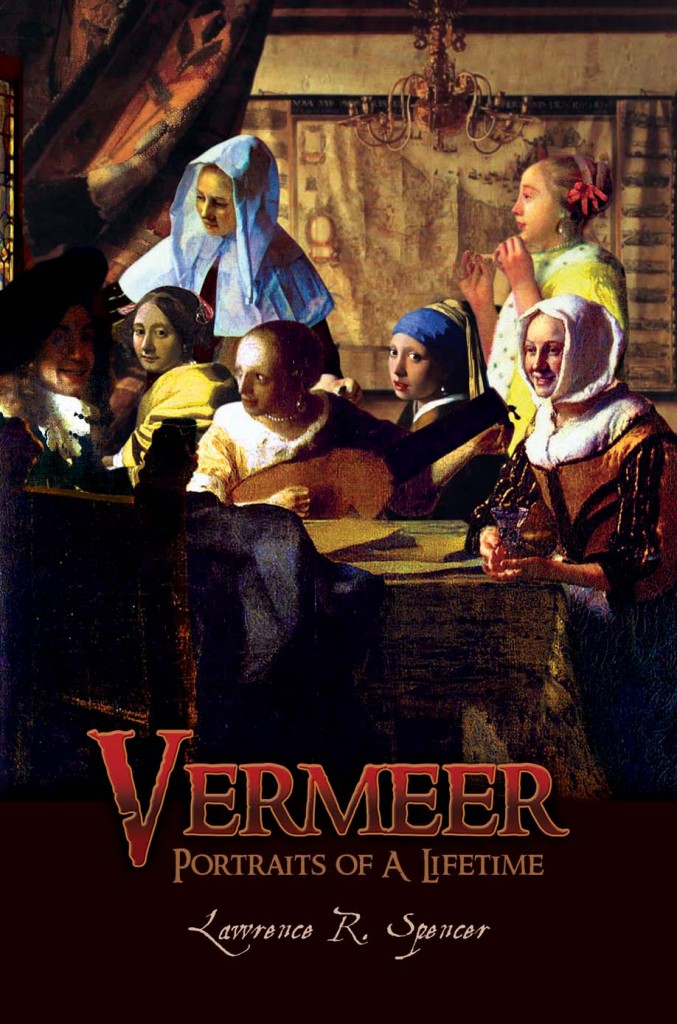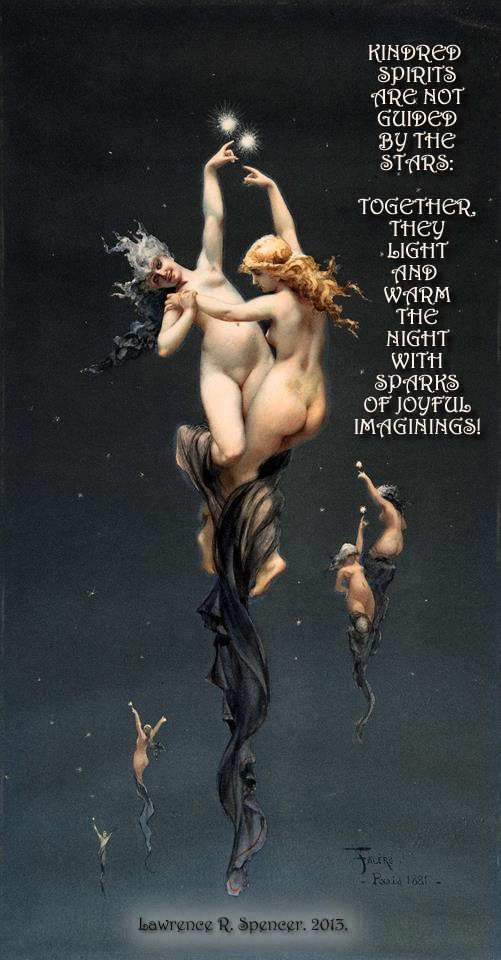Republished by Blog Post Promoter
Gods are Immortal
Sources of Spiritual Light
Men are Gods in Shade
_______________________________________
“Of Gods” Haiku peom by Lawrence R. Spencer. 2005.
Republished by Blog Post Promoter
Gods are Immortal
Sources of Spiritual Light
Men are Gods in Shade
_______________________________________
“Of Gods” Haiku peom by Lawrence R. Spencer. 2005.
Republished by Blog Post Promoter
Republished by Blog Post Promoter
 This documentary film (below), narrated by Meryl Streep, is a academic analysis of many of the paintings of the Dutch master artist, Johannes Vermeer. Throughout the film the question is asked of the “expert” commentators, all of whom are technical experts in the mechanics of oil painting, “What makes a Vermeer painting a Vermeer painting?” Ironically, none of the “experts” know the answer to this simple question. In my book Vermeer: Portraits of a Lifetime“, I reveal the simple, yet profound answer to this question.
This documentary film (below), narrated by Meryl Streep, is a academic analysis of many of the paintings of the Dutch master artist, Johannes Vermeer. Throughout the film the question is asked of the “expert” commentators, all of whom are technical experts in the mechanics of oil painting, “What makes a Vermeer painting a Vermeer painting?” Ironically, none of the “experts” know the answer to this simple question. In my book Vermeer: Portraits of a Lifetime“, I reveal the simple, yet profound answer to this question. 
Vermeer and his wife, Catharina, had 15 children. All but one were daughters. The subjects of Vermeer’s paintings are almost entirely of his wife, and daughters. Nearly all of his paintings were created in his own house, owned by and shared with his mother-in-law, Maria Thins. The male subject of many of his paintings is his best friend and neighbor in Deft, Holland — inventor of the microscope and the camera obscura — Anthony van Leeuwenhoek. (seen in the paintings The Geographer and The Astronomer, et. al.)
Technical analysis notwithstanding, what the “experts” fail to comprehend is that Vermeer painted his beloved family members and dearest friends in his own home. In addition to technical expertise, the visual aid of the camera obscura — which revealed the hidden patterns of light in objects — Vermeer painted love of his family, his home, his life, his personal universe. What makes “a Vermeer a Vermeer”? Love and Light.
I will be traveling to visit the home of Vermeer in Delft for the first time in a few weeks. I am very much looking forward to seeing and feeling his love and light.
Republished by Blog Post Promoter
Love and Creativity are Feminine Qualities that define The Soul. The physical universe is antipathetic to Love. Ignore it. Continue to Love and Create.

(Painting by Luis Ricardo Falero, 1881)
___________________________________________
“KINDRED SPIRITS ARE NOT GUIDED BY THE STARS:
TOGETHER, THEY LIGHT AND WARM THE NIGHT WITH SPARKS OF JOYFUL IMAGININGS!”
Lawrence R. Spencer. 2013.
Republished by Blog Post Promoter
“A single ray of light from a distant star falling upon the eye of a tyrant in bygone times may have altered the course of his life, may have changed the destiny of nations, may have transformed the surface of the globe, so intricate, so inconceivably complex are the processes in Nature. In no way can we get such an overwhelming idea of the grandeur of Nature than when we consider, that in accordance with the law of the conservation of energy, throughout the Infinite, the forces are in a perfect balance, and hence the energy of a single thought may determine the motion of a universe.”
NIKOLA TESLA —
“On Light And Other High Frequency Phenomena” A lecture delivered before the Franklin Institute, Philadelphia (24 February 1893)